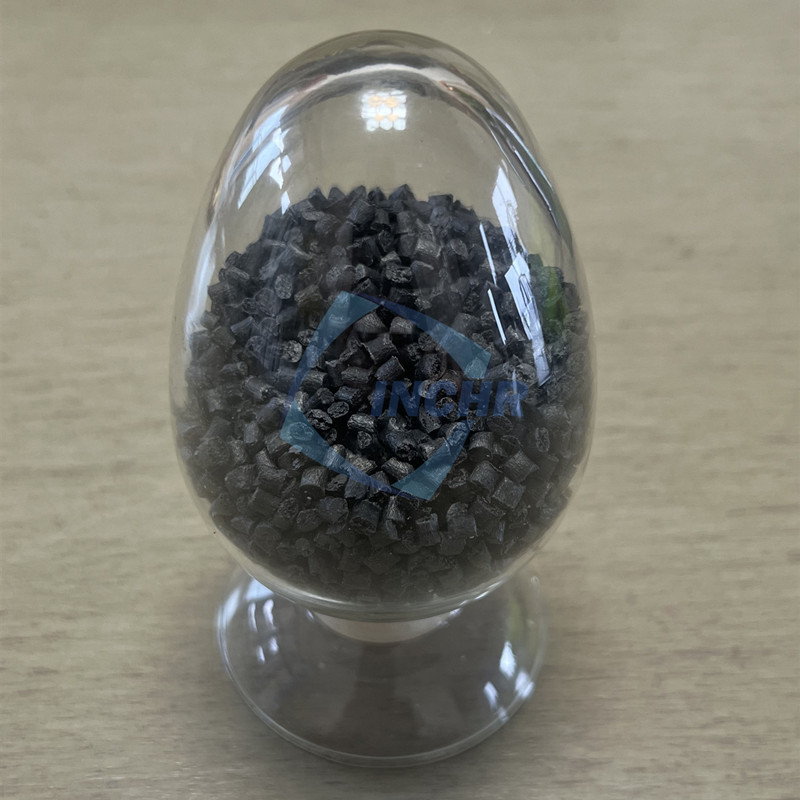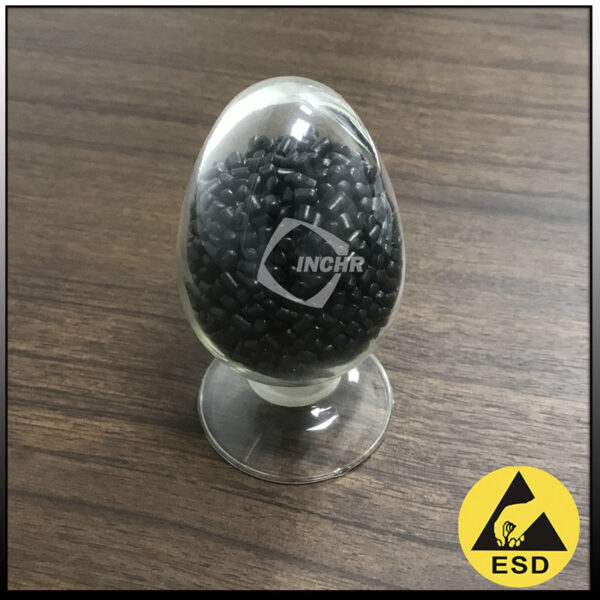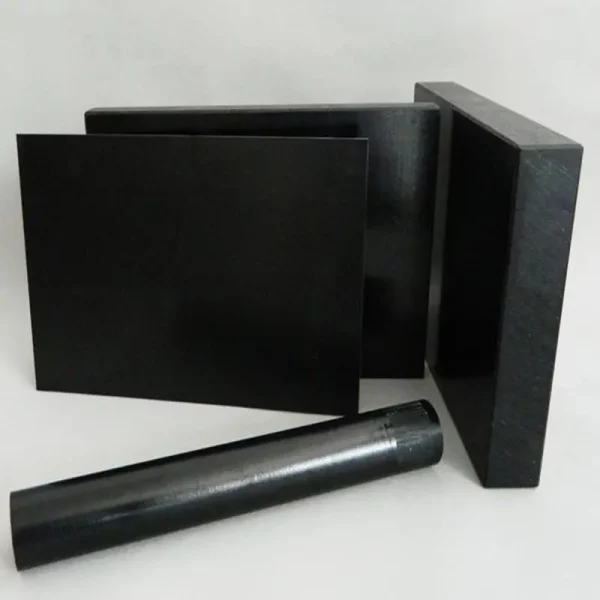The allure of Carbon Fiber Reinforced Plastics (CFRP) is undeniable: aircraft-grade strength at half the weight of steel. Yet engineers whisper about a dirty secret – crippling anisotropy. While unidirectional CFRP excels in lab tests, real-world multidirectional stresses expose fatal flaws in standard composites. At INCHR-ESD, we engineer CFRP that behaves predictably beyond the datasheet.

The Anisotropy Crisis: 3 Hidden Failure Modes
Cracking Under Off-Axis Loads
Example: A drone arm mold-injected with 30% chopped CFRP fails at motor mounts.
Why: Random fiber orientation creates weak zones (↓60% transverse strength vs. longitudinal).
INCHR-ESD Fix: Hybrid aligned discontinuous fiber (ADF) architecture + reactive tougheners ↑ impact resistance 300%.Matrix-Dominated Creep in Thermoplastics
Example: PA6-CFRP robotic gears deform after 500h continuous operation.
Why: Polymer chains slowly slide under load (↓80% creep resistance vs. thermosets).
INCHR-ESD Fix: Cross-linked PEEK-CF composites maintaining thermoplastic processability with thermoset-like creep resistance.ESD Blind Spots in Conductive CFRP
Example: “Conductive” CFRP semiconductor fixture fails ANSI/ESD S20.20 audit.
Why: Insulative resin pockets between fibers create >10^12 Ω/sq surface islands.
INCHR-ESD Fix:* Plasma-grafted conductive nano-coatings ensuring uniform 10^6 Ω/sq resistivity.
Engineering Isotropic Performance: Our Methodology
Step 1: Fiber Architecture Redesign
| Conventional | INCHR-ESD Solution | Benefit |
|---|---|---|
| Random chopped fibers | 3D-printed continuous fiber paths | ↑ Off-axis strength 90% |
| Unidirectional tapes | ±45° hybrid woven plies | Eliminates shear failure |
Step 2: Matrix Nano-Engineering
Self-Healing Microcapsules: Dicyclopentadiene-filled capsules rupture to repair cracks (<100μm) in epoxy-CFRP.
Graphene Dopants: 0.5wt% graphene in PA66-CF ↓ creep strain by 55% at 80°C.
Step 3: Surface Electromagnetic Control
Z-axis Conductive Channels: Laser-drilled microvias filled with Cu-Ag alloy connect surface to buried fibers.
Anti-Tribocharging Topography: Micro-roughened surfaces (Ra=3.2μm) reduce charge generation by 70%.
Extreme Environment Validation
Case 1: Satellite Antenna Mounts (Geostationary Orbit)
Challenge: -180°C to +150°C cycling → delamination in standard CFRP.
Our Build:
Fibers: M40J high-modulus carbon
Matrix: Cyanate ester-Bismaleimide hybrid
Interface: Silica nanoparticle interphase
Result: Zero CTE mismatch failure after 2000 cycles (ESA ECSS-Q-70-71A certified).
Case 2: Surgical Robot Arms (ISO Class 5 Cleanroom)
Challenge: Static discharge risks + autoclave degradation.
Our Build:
Core: Continuous CF/PEEK
Surface: Atmospheric plasma polymerized pyrrole coating
Result: 10^7 Ω/sq resistivity after 500 steam sterilization cycles.
The Sustainable CFRP Paradox
While virgin CFRP reduces CO2 via light weighting, end-of-life recycling remains problematic. Our closed-loop solutions:
Solvolysis Reactors: Recover undamaged fibers from epoxy CFRP using catalyzed subcritical water (200°C/50bar).
Upcycled CFRP: Shredded aircraft waste → compression molded with vitrimer resins → industrial pallets (↑ strength 200% vs wood).
Why Choose INCHR-ESD CFRP?
Anisotropy Mitigation: ≤5% strength deviation across 0-90° loading angles
ESD Guarantee: Surface resistivity 10^4-10^11 Ω/sq (per ANSI/ESD S20.20)
Traceable Sustainability: Blockchain-tracked recycled content (up to 70%)
inchr-esd.com
Precision-Crafted CFRP Solutions – Where Theory Meets Reality


